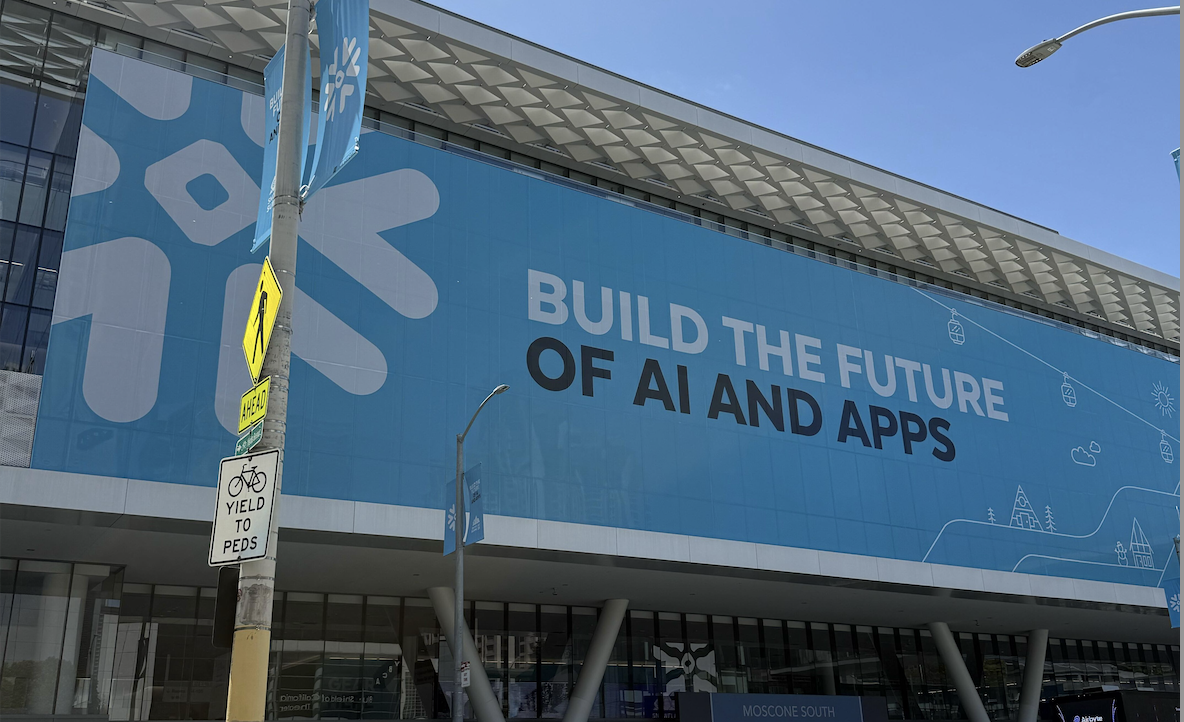Why Machine Learning is Central to Reverse Supply Chain 2.0

E-commerce growth and a worldwide pandemic have brought to light the inefficiencies in the modern supply chain, especially the return process. The current return process is costly, inefficient, and wasteful. The following article explores how enabling efficient returns through reverse supply chain development can bring savings and operational improvements.
Most companies are failing to get the most out of their reverse supply chain – the flow of goods back to them in the form of returns and recycling. This is an important area to optimize because approximately 20% of all products purchased in the U.S. are returned to the manufacturer. Fortunately, there are still big wins available in supply chain management, but you need a new opportunity.
In the automotive industry, managing reverse supply chains is a significant challenge due to the volume of vehicle returns. Over 5 million cars were subject to recalls in 2019, according to Cars.com. While recalls affect nearly all brands to some degree, some companies have better success in addressing these problems. A U.S. Department of Transportation report found that Chrysler had the most effective remediation rates in several areas, such as parking brake recalls. When you improve your reverse supply chain effectiveness, you will suffer less waste and a more significant opportunity to sell refurbished products.
Reverse Supply Chain Technology: 3 Quick Wins
Manually tracking and managing the reverse supply chain is no longer good enough. A manual approach means you will not generate meaningful data and measurements, making it practically impossible to improve your results. By applying data analytics technology to your supply chain, you can achieve wins in three areas.
- Reduce returns due to errors and mistakes. Some customers will return products if the delivered product does not match their expectations. For example, you might deliver a product in the wrong size or color. Technology cuts this reverse supply chain in two ways. Add validation rules during the ordering and fulfillment process means cutting delivery errors at the front end. On the other hand, you can use analytics to better understand the remaining error returns you have.
- Speed up movement through the reverse supply chain. In specific industries like consumer electronics, products quickly lose value over time. In research reported in the California Management Review, “ $1000 of product returns nearly half the asset value (>45%) is lost in the return stream.” Further, time delays in processing returns cause products to lose 10-20% of their value. If you have a significant amount of secondary sales (e.g., refurbished sales), speeding up the reverse supply chain means you can sell more products at higher prices.
- Reduce fraud expenses associated with returns. Unfortunately, fraud is a significant problem with returned products. In the retail industry, “Annual losses from merchandise return fraud are estimated at $27 billion” in 2019, according to Appriss Retail research. This fraud expense can be reduced by improving product tracking throughout the shipping and handling process.
Better technology means that you can track each product individually as they flow through the return process. As a result, you can pinpoint time delays (e.g., product sits in a warehouse for a week). By gathering better data through RFID tags and GPS, it is possible to identify fraud better. Increasing speed and reducing fraud are two of the most important ways to improve your supply chain.
As stated by Transfix Co-Founder Drew McElroy advanced technologies such as AI, ML, and prescriptive analytics are integral to achieving optimal efficiency within today’s supply chain. These technologies allow for high visibility into the supply chain through passive data capture, anomaly detection, and intelligent learning.
“The most important ideas for improving today’s supply chain and the supply chain of the future are passive data capture, exception management, and intelligent learning. These technologies allow for high visibility, automatic problem resolution, and a system that learns and becomes better with time.”
—Drew McElroy, Transfix
How To Achieve These Results: Reverse Supply Chain 1.0 vs. 2.0
At its most basic level, a reverse supply chain guides a product through a sequence of steps. Start with a simple process – Supply Chain 1.0. In this process, the first step starts with a trigger event (e.g., customer dissatisfaction with the product or product recall). The second step is logistics – transporting the product back to your company. The third step is inspection: assessing the value of the item (i.e., automotive companies often extract specific parts from returned vehicles and resell them). The final step is a disposition – finding a home for the returned product (e.g., landfill, partial recycling, or resale).
Let’s assume that you cannot create new manufacturing processes or equipment. Instead, you need to get everything you can out of what you already have. Data analytics and machine learning can help.
Prediction
To make the most of your limited supply chain resources, you need to make better predictions. For example, if you have a network of 5 warehouses across the country, a random forest algorithm can help you better forecast demand and return volumes. With that information, you can contract for increased trucking capacity and avoid products sitting in your warehouse for long periods. This will help companies optimize their assets, enable more on-time deliveries, and effectively manage storage capacity.
Anomaly detection
In a reverse supply chain context, anomaly detection helps to find patterns in product defects and then improve your operations accordingly. For example, let’s say your company processed 10,000 returns last month. With anomaly detection, you can quickly identify the most expensive types of returns. A long short-term memory network (i.e., LSTM Network) is a useful tool to compare data across different time series like comparing Q4 2019 to Q4 2018. This approach is helpful if your return volumes are relatively stable.
Optimization
Growth modeling is another area where machine learning algorithms can process immense amounts of data from multiple sources and improve optimization. It can be used to help determine the best locations for future warehouses, the best vendors to work with, the best routes to take, and automate many paperwork processes. You can even automate a dynamic pricing model to boost profits on each item sold. Even more solutions are being developed daily from drone management in retail and warehousing, to computer vision-enabled conveyor systems, and multi-sensory 5G location and condition trackers. Advanced analytics and integration support each of these components of complete supply chain management.
Advanced analytics and integration
Advanced analytics extend every business’s reach, enabling new product forecasting, demand, and ROI, taking into consideration more variables than ever before. In tandem, integration to e-commerce sites, marketing information, and current product and financial tracking systems is critical to understanding the big picture as the development of a modern supply chain is underway.
These ways to optimize and automate the supply chain are often forgotten when applied in reverse, but critical to the bottom line.
Where To Go From Here In Optimizing Your Reverse Supply Chain
Data can be the obstacle or the solution to all these potential benefits. Fortunately, experts-for-hire on this are easy to reach. Blue Orange Digitial, a top-ranked AI development agency in NYC, specializes in cloud data storage solutions and facilitates the development of supply chain optimization. They provide custom solutions to meet each business’s unique needs, but also many pre-built options for supply chain leaders. From a technology point of view, we have outlined several different ways to improve the efficiency of the reverse supply chain. Taken together, these improvements give you Reverse Supply Chain 2.0.
Originally Published: https://www.predictiveanalyticsworld.com/machinelearningtimes/why-machine-learning-is-central-to-reverse-supply-chain-2-0/11569/


